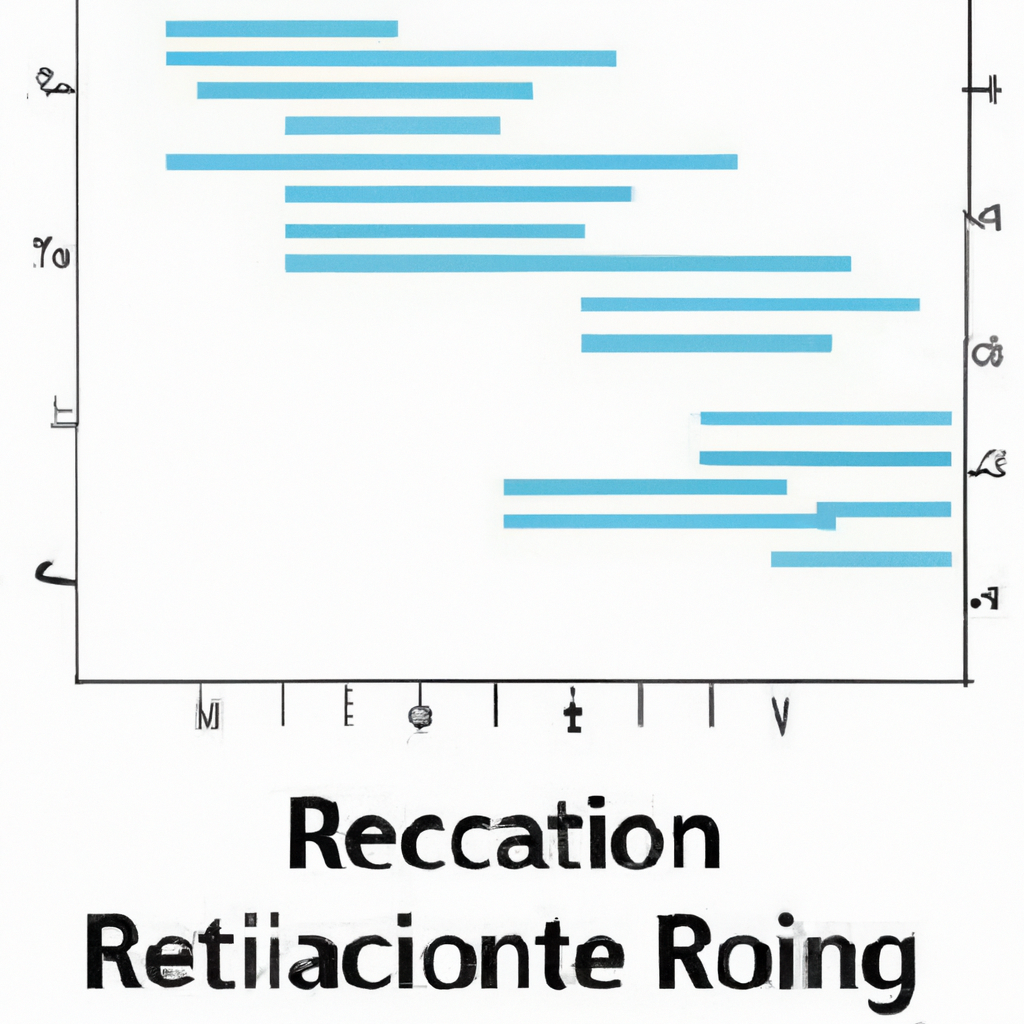Chart Patterns Recognition Guide: An Essential Tool for Traders
Introduction
Chart patterns are an invaluable tool for traders to identify potential market trends and make informed investment decisions. By recognizing these patterns, traders can gain insights into market sentiment, anticipate price movements, and improve their trading strategies. In this guide, we will explore some of the most common chart patterns and how to recognize them.
1. Head and Shoulders Pattern
The head and shoulders pattern is a popular reversal pattern that signals a potential trend change. It consists of three peaks, with the middle peak (the head) being higher than the other two (the shoulders). This pattern indicates that the market is transitioning from an uptrend to a downtrend.
To recognize the head and shoulders pattern, look for the following:
- A peak (left shoulder) followed by a higher peak (head) and then another peak (right shoulder).
- A neckline that connects the lows between the shoulders.
- A break below the neckline, confirming the pattern.
2. Double Top and Double Bottom Patterns
The double top and double bottom patterns are also reversal patterns that occur after an extended trend. The double top pattern indicates a potential trend reversal from bullish to bearish, while the double bottom pattern suggests a reversal from bearish to bullish.
To identify these patterns, keep an eye out for the following:
- Double Top: Two peaks of similar height followed by a break below the support level.
- Double Bottom: Two troughs of similar depth followed by a break above the resistance level.
3. Triangle Patterns
Triangle patterns are continuation patterns that occur when the price consolidates within a contracting range. These patterns can be symmetrical, ascending, or descending triangles, each indicating different market dynamics.
To spot triangle patterns, look for the following:
- Symmetrical Triangle: The price forms lower highs and higher lows, converging towards a point.
- Ascending Triangle: The price forms higher lows, while the highs remain relatively flat.
- Descending Triangle: The price forms lower highs, while the lows remain relatively flat.
- A breakout from the triangle, either above or below, confirms the pattern.
4. Cup and Handle Pattern
The cup and handle pattern is a bullish continuation pattern that resembles a cup with a handle. It suggests that the price is likely to continue its upward trend after a temporary consolidation phase.
To identify the cup and handle pattern, look for the following:
- A rounded bottom (the cup) followed by a small consolidation (the handle).
- A breakout above the resistance level, confirming the pattern.
Conclusion
Chart patterns provide traders with valuable insights into market trends and potential price movements. By familiarizing yourself with these patterns and learning to recognize them, you can enhance your trading strategies and make more informed investment decisions. Remember, chart patterns are not foolproof, and it is essential to combine them with other technical indicators and risk management strategies for successful trading.
